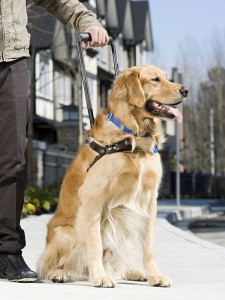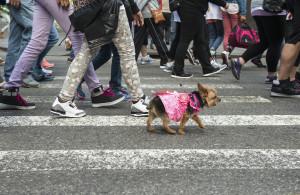Upon seeing an animal that appears neglected or abused, the first impulse for many people — and frankly, a natural one — is to lash out at the owner. Pointing fingers and calling the owners horrible people, demanding that they be thrown in the stocks and their animals confiscated, or worse. I’m sure you have heard it all many times before.
But lashing out in anger, while cathartic, does nothing to address any underlying issues that may be affecting the owner. Very few people are truly cold-hearted or abusive when it comes to animals, especially the ones they personally know and care for. But there are lots of situations where life gets out of control… and when that happens, animal care is sadly one of the first areas to suffer.
Here is BC SPCA senior investigator Kent Kokoska explaining that issues of animal neglect and abuse can be a lot more complicated than they appear from the outside:
“It might a mental health issue, there might be a physical injury or compromise to the animal owner, or it might be a financial compromise,” Kokoska told Daybreak Kamloops’ Shelley Joyce.
[…]
“One or any combination of those can cause a situation to slide for an animal’s care.”
Kokoska said most of the complaints involve neglecting the animal — and sometimes education can make the difference in the animal’s welfare. Part of the education effort is marking Animal Abuse Prevention in B.C. on April 23 each year.
“A lot of people aren’t aware and bringing that awareness to people and some options, that’s the first step to making a positive change.”
Many animal owners take proper care of their animals, and there is an unfortunate (but thankfully small) percentage of people who simply shouldn’t be allowed around animals at all. For everybody else, working to gain an understanding of the situation, offering education, options for improvement, and a chance to be a good owner should always be the first step.

 Animal Sports & Hobbies
Animal Sports & Hobbies  No Comments
No Comments 





